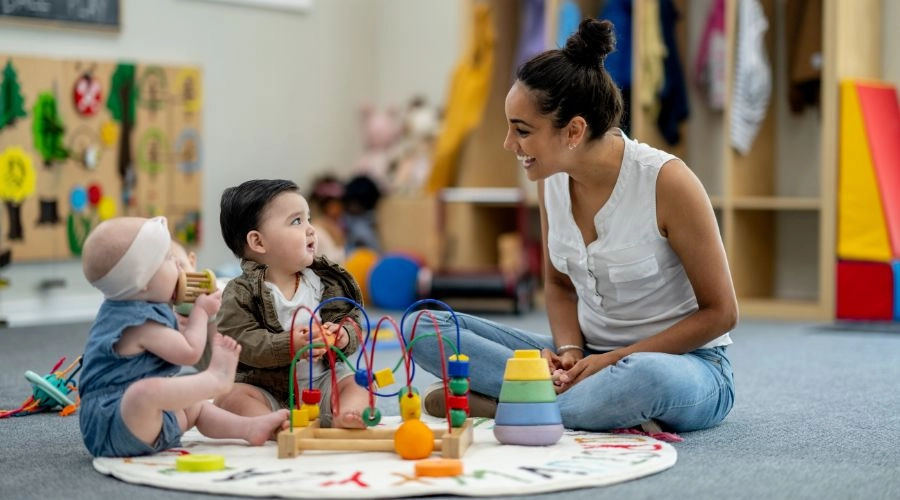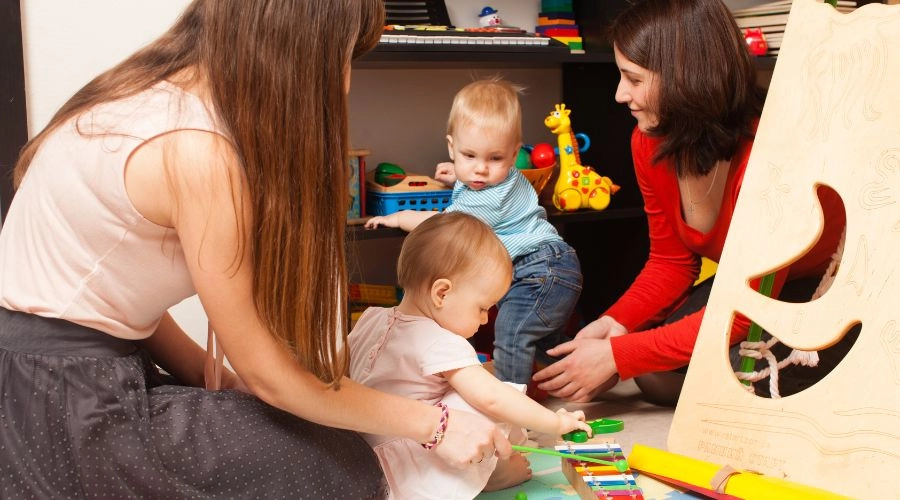“Ham-ikka-schnim-ikka-schnam-ikka-schnopp!” Although it may have meant something else in the book Scrambled Eggs Super, I believe it now just means “happy birthday, Dr. Seuss!” on March 2. In addition, today is Read Across America Day, one of my favorite educational “holidays” where everybody celebrates the joy of reading, books, and Dr. Seuss! Today, there will be many reading celebrations across the country. The Read Across America initiative has inspired kids and their parents to embrace a love of reading for the past 13 years.
It has been conclusively demonstrated by research that reading books aloud to young children fosters their love of reading and increases their likelihood of academic success in the future. Isn’t it amazing how something so simple and pleasurable can make such a difference? All you have to do as a parent is make reading time something both you and your child look forward to. Make today the day you start reading to your kids every day for at least 20 minutes if you haven’t already. I’ve discovered throughout the years that the following recommendations are beneficial for teaching kids to read.
Related post: Veggies for Kids: Broccoli Recipes and Tips
From the time your child is a baby, read to them every day. This will make reading aloud as a family a special part of your routine. If you want to raise a reader who is interested in reading, you must set aside time to read together. Children enjoy hearing stories read aloud to them during the day, but they really enjoy doing it as part of their anticipated nighttime routine.
Pick novels you find enjoyable to read and encourage your kid to participate in the narrative. Choose books with engaging, memorable pictures and straightforward, rhythmic writing. Children are most engrossed in novels that feature recurring or predictable refrains. To encourage your child to react to what is on the page, pause while reading at “natural stopping” points and point to and discuss the visuals in the book.
Favorite novels should be kept in the car. They can be a lifesaver for lengthy trips and “waiting” periods if you’re constantly on the road. Having your favorite book with you is similar to traveling with a close friend.
Be vivacious. Demonstrate to your child how you can bring the narrative to life. Show the photographs and make inflated comments about them. To make the characters sound realistic and distinct from one another, use a variety of vocal tones. Occasionally, personalizing the narrative will increase its interest.
Engage in reading oneself. Your kids will learn that reading is enjoyable and useful if they see you reading books, periodicals, recipes, and instructions on a frequent basis. Children always want to emulate their parents, so if all they see you doing is watching TV, they will want to do the same.
Read your child books that are current, pertinent, or important to them. Request a list of books from your child’s teacher that is related to what is going on at school. You only need to watch and listen to your child’s response to learning which novels he or she like. Save a book only after you are certain your youngster can comprehend all the words. They will infer the message from the setting, the images, and—most crucially—from you.
You will know you have been successful in starting your child on a literacy journey that will bring a lifetime of learning, enjoyment, and enrichment when your youngster prefers to take a book to bed rather than a stuffed animal. Grab a book and make every day a Read Across America Day for your family with this in mind!






